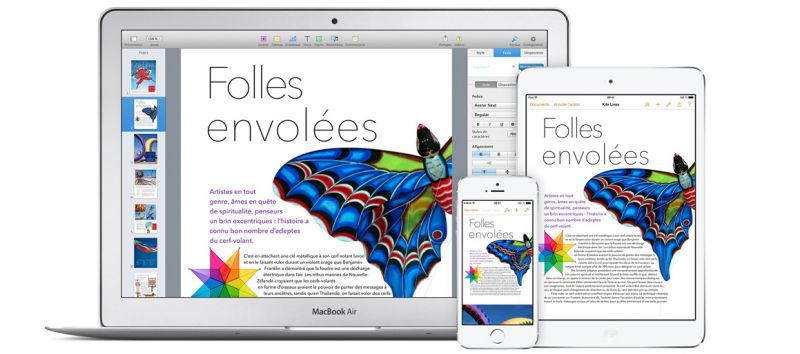
What do the iPhone 6 and 2014 MacBook Air have in common? If a well sourced rumor is true, then Apple’s next-gen smartphone and ultraportable could come to market using the same high-speed, energy efficient memory technology.
The iPhone accounts for well over half of Apple’s revenues and profits. It’s also a perennial top seller globally and a flagship brand favored by rich, famous and educated people everywhere. So, Apple needs another hit with the iPhone 6, which is due sometime this Fall.
Likewise, Apple’s best selling Mac is the MacBook Air. Moreover, the best selling ultraportable brand is also the MacBook Air. Needless to say, a lot is riding on the redesign and release of the 2014 MacBook Air, a line that hasn’t been significantly updated in several years.
According to Matt Margolis, aka the Obscure Analyst, Apple is preparing to bet its mobile farm on LPDDR4 DRAM Memory, which offers material advantages over current memory technologies:
Tablets – 10 hours active with a 11.5 Ah battery
Phones – 8 hours active with a 1.4 Ah battery
Phones are targeting 10+ days of standby
Tablets in “connected standby” targeting 2+ weeks
2x Bandwidth Performance
Low pin count — Easy to connect
Low cost — Margin preservation
That’s a list of things Apple would be very interested in. Further, unifying the memory used in its iPhone, iPad and notebook lines around a single technology could result in serious design and manufacturing economies of scale.
“Apple is in an arm’s race to improve the performance of their mobile, tablet and ultrabook devices and improve overall battery life,” writes Margolis. “There appears to be little doubt that Apple is going to be showing off Micron’s LPDDR4 DRAM memory across their 2014 iPhones, Macbook and Tablets.
“You can take my word for it that Apple users are going to love how ‘lightning quick’ the 2014 devices will be compared to the 2013 devices,” adds the analyst.
LPDDR4: Better, Faster, Cheaper 2014 MacBook Air, iPhone 6
Back in 2011, Apple was heavily reliant on Samsung for the DRAM and memory used in its various mobile products. However, the open legal war between the two companies has led Apple to seek new suppliers.
Elpida Memory became a major supplier in 2012 of the DRAM and NAND Flash memory used in Apple products. Around the same time, Elpida applied for bankruptcy protection.
Then in July, 2013, Micron Technology, the world’s biggest computer memory maker, purchased Elpida and its advanced LPDDR4 DRAM memory technology for $2 billion.
For Margolis and other industry watchers, the smoking gun for Apple’s involvement is an anonymous $250 million investment made in Elpida/Micron. That money guaranties the unnamed investor supply of components through 2016.
Fundamentally, there are no direct links between Apple and Elpida/Micron’s advanced LPDDR4 DRAM technology. Nevertheless, Margolis and other industry watchers are certain the iPhone 6, 2014 MacBook Air, etc will bring LPDDR4 technology to market…
What’s your take?
Via GottaBeMobile


